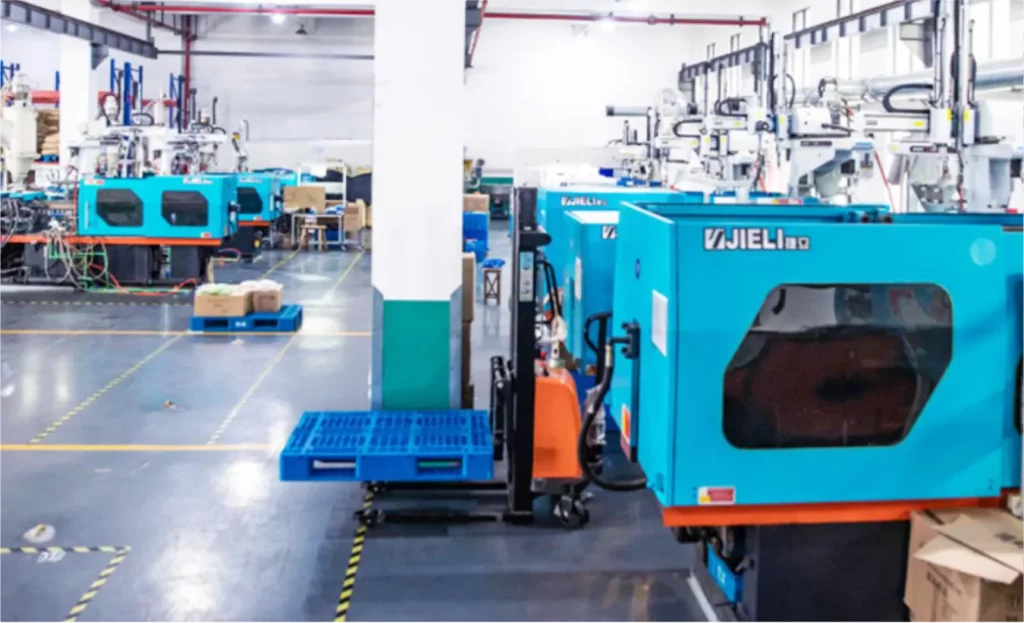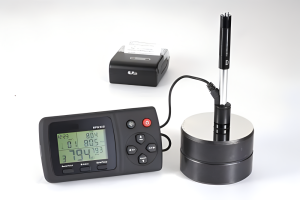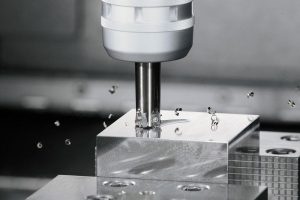This and other problems may be encountered in the process of injection molding. What are the most likely defects? The author tells you that the mold injection molding process is most likely to encounter defects as follows:
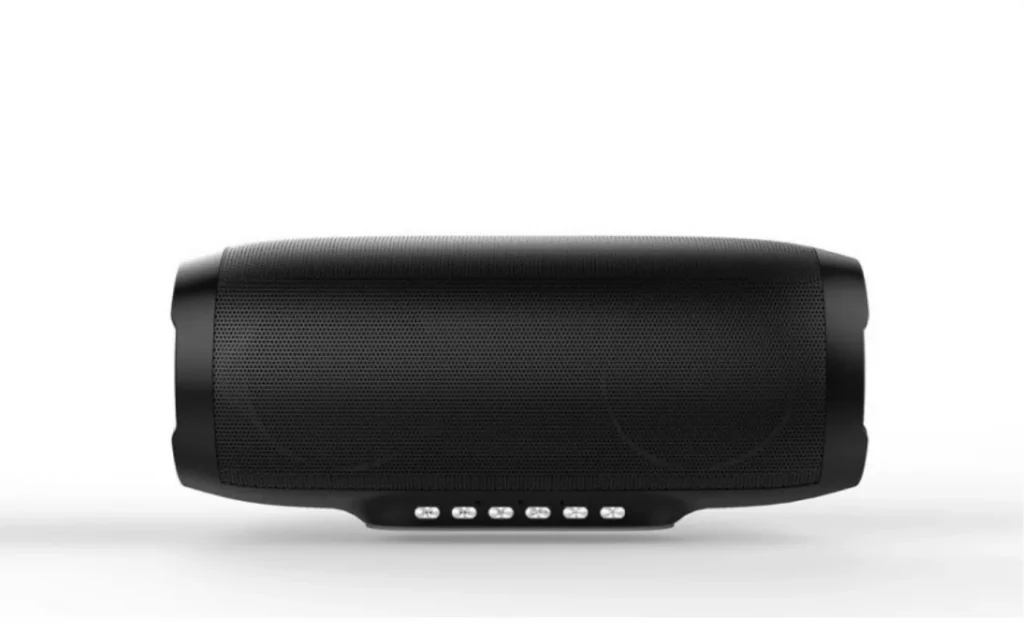
1. Insufficient filling
The volume of the formed product is too large, the runner, the gate is too small, the nozzle temperature is low, the temperature of the material or the injection pressure is low, the fluid flow distance in the inner cavity is too long, the mold temperature is low, the injection speed is slow, the material supply is too little, the exhaust is poor.
2. The material overflow
Insufficient clamping force, bad mold, mold surface impurities, forming product projection area is too large, material temperature is too high, material supply excess, high injection pressure.
3. Porosity is caused by volatiles or air when the material is fully dry; Most of the time, it occurs at the thickness of the product, which is the vacuum bubble caused by the shrinkage of the material.
The runner or gate is too small, the wall thickness difference of the forming product is large, the temperature of the material is high, the flow distance from the gate is long, the demoulding is premature, the injection pressure is low, the cooling time is short, and the pressure holding is insufficient.
4. Corrugated
Material flow is not smooth, and mold temperature is low, the gate is too small.
5. Silver stripes
The excessive temperature of moisture or volatile components, materials, low mold temperature, poor exhaust, poor design of forming products or molds, moisture or volatile components on the surface of molds, mixed materials, improper operation of propellers
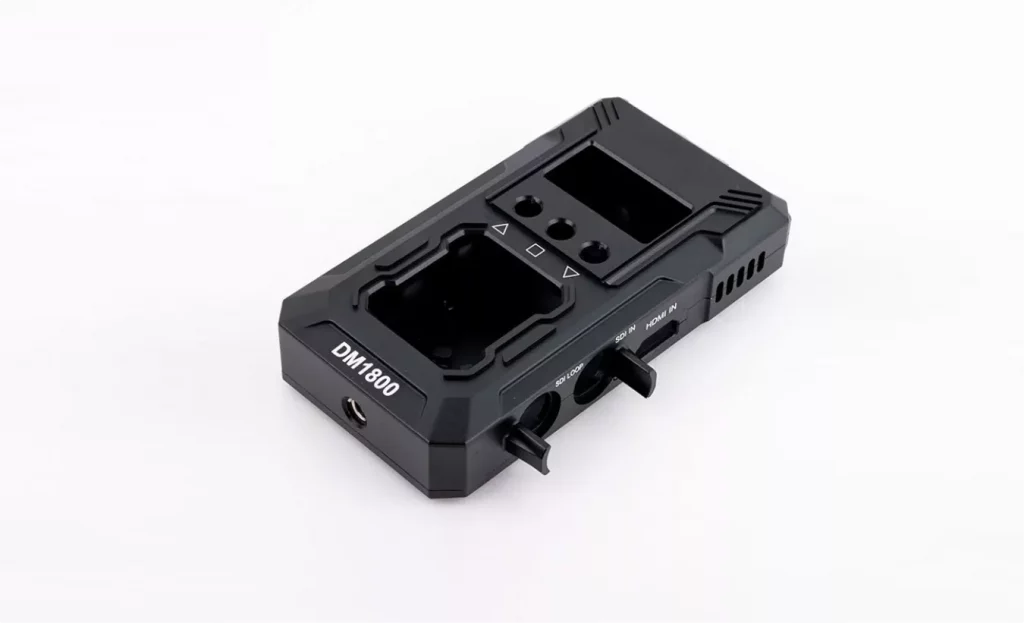
6. The surface halo dark
Too much lubrication or volatile components, too much stripping material
7. Fusion line
A fusion line is the fusion line of 2 or more materials. When confluent with the material, the viscosity of the material has a lot to do with it. In theory, the convergence of materials must produce fusion lines, only differences in the degree of visibility.
The temperature of the material, the design of the gate is improper, the volatile components in the material or the release agent are too much, the solidification of the material is fast, and the design of the formed product is bad.
8. Bubbles — in the material is fully dry, is caused by volatiles or air; Most of the time, it occurs at the thickness of the product, which is the vacuum bubble caused by the shrinkage of the material
Too small gate or runner, low injection pressure, excess water, poor design of forming products, poor exhaust
9. Black stripes and burn marks — the material by high temperature, high pressure appears to decompose and scorch phenomenon.
Material overheating, bad forming machine, bad mold design, small gate, bad exhaust
10. Cracking is caused by the internal stress generated by the material’s molecular structure when injection molded into a specific shape from an irregular state.
Injection pressure is too strong. The material flow is not smooth, push the nail in the thick layer, no trace of exhaust, poor adjustment of pressure holding, large thermal crack, erosion of chemicals.
Categories
Share On
Recent Post


